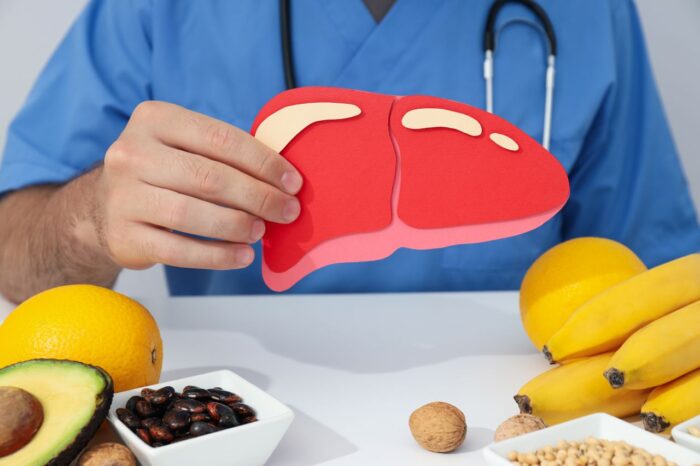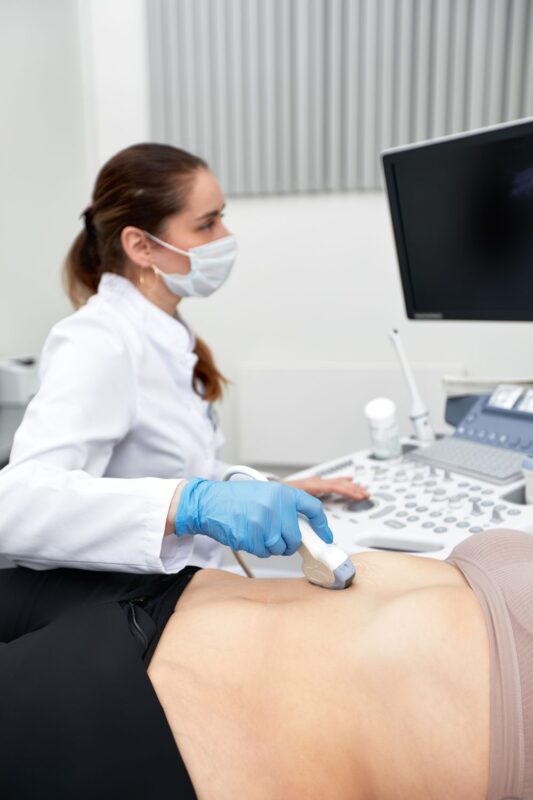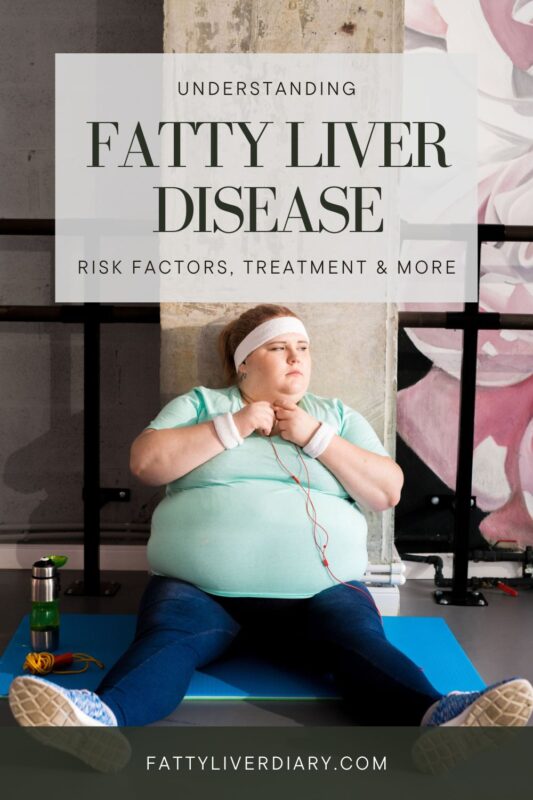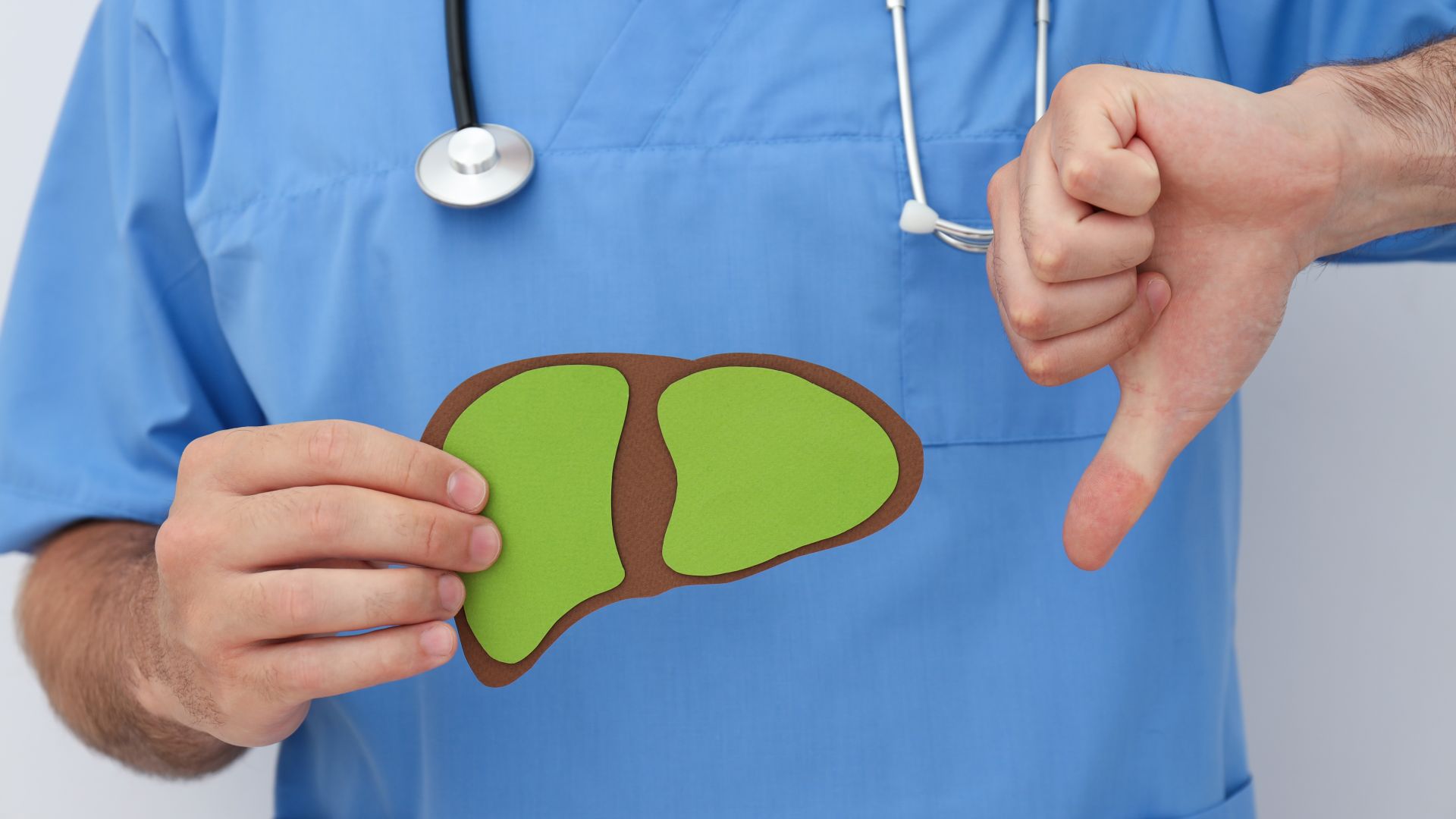Fatty liver disease, previously known as Non-alcoholic Fatty Liver Disease (NAFLD) and recently renamed Metabolic Dysfunction-Associated Steatotic Liver Disease (MASLD), affects a large portion of the world’s population, often without any noticeable symptoms until it’s advanced.
Mayo Clinic estimates that as much as 25% of the world’s population has fatty liver disease – most of the people being unaware that they have it, which is why you should regularly consult your doctor – to make sure that you are indeed as healthy as you think you are.
In this article, we’ll dive deep into what MASLD is, who’s at risk, and how it impacts your life – everything based on expert sources, but also my experience as a patient who managed to reverse this condition.
What is Non-Alcoholic Fatty Liver Disease aka (MASLD)?
Fatty liver disease or MASLD is a condition characterized by the accumulation of excess fat in liver cells. It is called “non-alcoholic” because it’s not cause by alcohol consumption.
It’s the most common form of chronic liver disease in the developed world, unfortunately.
When too much fat is stored in liver cells (as these amounts will grow if you’re not taking measures), it can cause inflammation and damage, leading to scarring (fibrosis) which can progress to cirrhosis or liver failure if not addressed.
The condition was traditionally known as NAFLD but has been reclassified to emphasize its association with metabolic dysfunction, including obesity, type 2 diabetes, hyperlipidemia (high levels of fat in the blood), and hypertension.
This reclassification also highlights that the disease can affect individuals who are not obese, focusing attention on the broader metabolic factors involved.
Who is at Risk of Developing a Fatty Liver?

The risk factors for MASLD are closely linked to lifestyle and metabolic health issues. I would go as far as saying that anybody can get a fatty liver disease – it’s best to consider this and take proactive measures instead of the other way around.
Still, there are key groups that are at a higher risk of developing this condition:
- Obese individuals: Excess body fat, especially around the abdomen, increases the risk of developing MASLD, so people who are overweight (and above) are at a higher risk.
- People with Type 2 Diabetes: High blood sugar levels associated with type 2 diabetes can contribute to the accumulation of fat in the liver.
- Those with High Cholesterol or Triglycerides: An imbalance of blood lipids can lead to fat buildup in the liver.
- People with Hypertension: High blood pressure is often found in individuals with MASLD, suggesting a link between the two conditions.
- Genetic Factors: There’s a genetic predisposition to MASLD; individuals with a family history of the disease are at higher risk.
- Age and Gender: Although MASLD can affect individuals of any age, it is more common in those over 50. Men are also at a higher risk compared to women, though postmenopausal women’s risk increases.
As you can see, these risk factors do cover a pretty large amount of people. Understanding them, though, is important for early detection and prevention of MASLD.
It’s best to look for signs (or have these risk factors in mind) and make the required lifestyle adjustments, to significantly reduce the risk of developing a fatty liver disease.
Stages and Symptoms
The progression of MASLD occurs in stages, each with varying symptoms and implications for liver health.
While the fatty liver disease itself only has three stages (or grades) – afterwards becoming different conditions, basically, I want to group them all below for a better bigger picture.
IMPORTANT: Not all people go through all these stages – and not all of them go through them at the same pace. Some might live forever with “just” a fatty liver even without taking measures – although the risk of it getting worse is too big to be ignored.
1. Simple Steatosis
This initial stage is characterized by the accumulation of fat in the liver, without significant inflammation or damage.
Most individuals at this stage experience no symptoms and may remain unaware of the condition unless detected through imaging tests or blood work.
This is what it’s normally called “fatty liver disease” and it’s divided into three stages. I wrote more in-depth on this matter here.
2. Non-Alcoholic Steatohepatitis (NASH)
A subset of MASLD patients progresses to NASH, where liver fat accumulation is accompanied by inflammation and liver cell damage.
Symptoms may still be minimal or non-existent, but the risk of progressing to more severe liver damage is increased.
I recommend reading about the five warning signs that you might have a fatty liver. It’s always a good idea to catch it early and make the required changes in your life ASAP.
3. Fibrosis
Repeated or persistent inflammation can lead to the formation of scar tissue in the liver (fibrosis).
While still potentially reversible at early stages, fibrosis can start affecting liver function.
4. Cirrhosis
The most advanced stage, cirrhosis, occurs when scar tissue extensively replaces healthy liver tissue, impairing liver function.
Symptoms become more pronounced and may include jaundice (yellowing of the skin and eyes), swelling in the legs and abdomen, and confusion.
Cirrhosis significantly increases the risk of liver failure and liver cancer.
It’s important to note that many individuals with MASLD do not progress beyond the early stages, and significant liver damage can be prevented with early detection and lifestyle modifications.
How is Non-Alcoholic Fatty Liver Disease Diagnosed?

Diagnosing MASLD involves a combination of medical history, physical examination, blood tests, imaging studies, and sometimes liver biopsy.
But the easiest way of diagnosing it is through an ultrasound or CT Scan.
Blood test results can be misleading. There are no specific blood tests for MASLD, certain liver enzyme tests can indicate liver damage, while others assess markers of liver function.
However, I had normal blood test results, and still had a fatty liver. So the best way to diagnose it is through ultrasound or CT scan… and based on that, your doctor might recommend additional tests to fully understand the severity of the condition.
Early diagnosis of MASLD is essential for preventing progression and managing the condition effectively.
Regular check-ups and monitoring are crucial, especially for individuals at high risk of developing the disease.
Questions to Ask Your Healthcare Provider After Being Diagnosed
I know from personal experience how difficult and overwhelming it is to receive this diagnosis. I was 30 when I was diagnosed and when I got home, I started crying.
But after the initial round of crying is done, it’s time to actually get your life back on track. Reversing this condition is doable – I did it, and many people I talked and helped over the years did it too (many even without my help).
Being prepared with questions for your healthcare provider can help you understand your condition and the steps you can take to manage it effectively. Here are some essential questions to ask:
- What stage is my fatty liver disease at?
- What lifestyle changes should I prioritize to manage my condition? Specific advice on diet, exercise, and weight loss can provide a clear path forward.
- Are there any medications I should take or avoid? Knowing how your current medications or potential prescriptions can affect your liver health is crucial.
- How often should I have my liver function tested? Regular monitoring can help track the progression of the disease and the effectiveness of your management plan.
What is the Treatment for Fatty Liver Disease?

Currently, there’s no specific medication approved for the treatment of Metabolic Dysfunction-Associated Steatotic Liver Disease (MASLD).
Instead, treatment focuses on managing risk factors and underlying conditions that contribute to fat accumulation in the liver.
This basically means that, in order to cure your fatty liver, you must work on your diet, exercise and make any additional lifestyle changes if needed.
Here are the key strategies:
- Lifestyle Modifications: The most important part of fatty liver disease management, lifestyle changes aim to reduce liver fat, inflammation, and the risk of fibrosis. This includes:
- Weight Loss: Losing as little as 10% of body weight can significantly reduce liver fat. This is best achieved through a combination of diet and exercise – but don’t stop until you reach a good BMI (body mass index).
- Healthy Diet: A diet rich in vegetables, whole grains, fruits and lean proteins can help manage MASLD. Reducing intake of saturated fats, sugars, processed foods and refined carbohydrates is recommended.
- Physical Activity: Regular exercise, even without weight loss, can reduce liver fat. Aim for at least 150 minutes of moderate-intensity activity per week, like running or cycling.
- Control of Metabolic Risks: Managing diabetes, high blood pressure, and abnormal lipid levels is crucial. This may involve medications prescribed by a healthcare provider, along with dietary and lifestyle changes.
- NO Alcohol: Even though MASLD is not caused by alcohol, drinking can exacerbate liver damage. Avoiding alcohol is the only way to go, and not as difficult to achieve as you might think.
- Regular Monitoring: Periodic follow-up with healthcare providers to monitor liver health and the effectiveness of treatment interventions.
I have an in-depth guide for those who have just been diagnosed with a fatty liver. It covers all the steps that you must follow and lists them in order, so you’re not overwhelmed anymore.
Read my article here (it’s free!): Just Diagnosed with Fatty Liver? Here Is what to Do.
Role of Supplements in Managing MASLD
While lifestyle modifications remain the most important thing one can do to reverse fatty liver disease, there are some supplements that at least some experts consider to be helpful.
While these alone won’t cure your condition, they might help your body manage it better and recover faster.
There’s little medical proof for that at the moment, but generally, these supplements are considered safe and, worst case scenario, they will have no effect.
The main supplement is milk thistle, which is a natural extract used from ancient times – and the best known fatty liver supplement.
Other supplements include various multivitamins, especially vitamin E (read about the best multivitamin for fatty liver here), magnesium supplements, and also Omega-3 fatty acids.
Despite the potential benefits, it’s crucial to approach supplementation with caution, and always consult with a healthcare provider before taking anything.
How Can Fatty Liver Disease Be Prevented?
Preventing MASLD basically involves addressing the risk factors that lead to its development. Here are effective prevention strategies:
- Maintain a Healthy Weight: Achieving and maintaining a healthy weight through diet and exercise is one of the most effective ways to prevent MASLD.
- Eat a Balanced Diet: Focus on a diet that includes plenty of vegetables, whole grains, fruits and healthy fats. Avoid excessive amounts of sugar and saturated fats, but also processed foods.
- Exercise Regularly: Engaging in regular physical activity helps control weight and reduce liver fat.
- Manage Blood Sugar: Keeping blood sugar levels within a healthy range can prevent the development of type 2 diabetes, a risk factor for MASLD.
- Keep Cholesterol and Triglycerides in Check: Managing these blood lipids can help prevent liver fat accumulation.
- Limit Alcohol Consumption: Reducing alcohol intake can decrease the risk of liver damage. Ideally, stop drinking alcohol completely.
- Regular Health Check-ups: Regular monitoring of health markers can help identify risk factors early and prevent the development of MASLD.
Have in mind though, that sometimes genetics play an important role here and there’s not much some people can do.
I have talked with quite a few people who lived a healthy life, ate clean food and were in good physical shape… but still developed a fatty liver.
Sometimes, you just have to deal with whatever life has in plan for you, no matter how much you strive.
But still, what I tell these people is this: Even though it’s discouraging to have a fatty liver despite living a healthy life, it would be MUCH worse if you weren’t.
Pin this for later:

Final Thoughts
When it comes to managing MASLD aka fatty liver disease, a one-size-fits-all approach doesn’t really work.
The condition’s complexity and its potential connections to other health factors and diseases you might have mean that its management and treatment are usually tailored to the individual.
The principles remain the same though, with the main change required after being diagnosed being that of the diet, followed by lifestyle changes that include exercising and potentially taking some supplements to speed up the process.
The best news is that fatty liver disease is a reversible condition. I managed to reverse my fatty liver in 1.5 years after my original diagnosis.
I also saw tens of people, over the years, reversing their condition – we’re talking about it on the Facebook Group (which is private, so I invite you to join it to discuss with other people in your situation.
Sources & Resources: NHS, NIH, Wikipedia, Hopkins Medicine.

I was diagnosed with a fatty liver back in 2014 and managed to reverse it by mid-2015. Since then, I’ve been studying it, continuously updating my knowledge with the latest scientific findings and practical approaches to give others the help they need to reverse their condition.
My approach to managing fatty liver is holistic, balancing scientifically-backed information with real-life, practical advice based on personal, direct experience.
I am also the admin of the Fatty Liver Support Group on Facebook and the Fatty Liver Subreddit.

